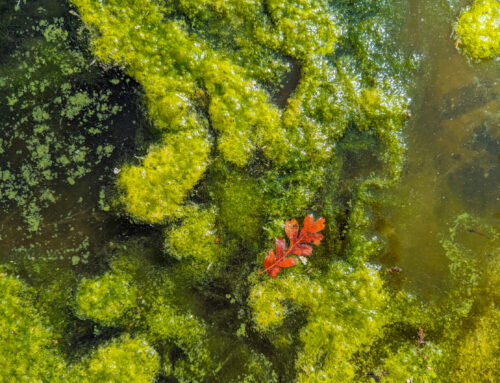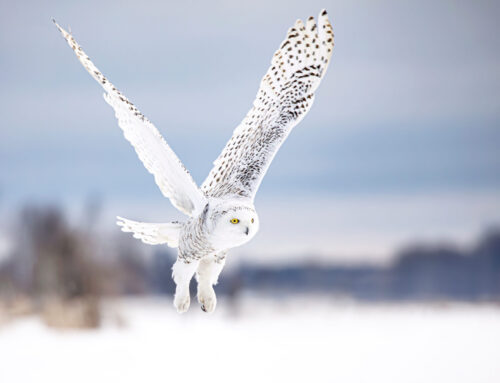Alaska’s New Whale Species
In the summer of 2023, a team of researchers set out to create high-resolution mapping of the deep sea floor near the Aleutian Islands. These scientists partner with the National Oceanic and Atmospheric Administration (NOAA) to make this possible. These scientists have traveled thousands of feet deep into this coastal region using high-tech equipment and measuring instruments. In their exploration, it seems a new species discovery near the Aleautian Islands is possible: a sea pen and a sea sponge.
High-Tech Instruments
This crew utilized the Okeanos Explorer, a 224-foot federal research vessel, to facilitate this deep-sea exploration. Using a remote underwater vehicle, these researchers collected data with cameras and specialized tools for samples during this study. In an audio clip from an interview with KUBC, while using special filtering sample devices, the team collected two different specimens. Both are being considered to be documented as new species.
Deep Sea Marine Biology
After observing the colors, biological material, and shapes, researchers identified a sea pen and sea sponge. They have not seen any species like these. After sample collection and identification, the crew sent the specimens to the Smithsonian Institution to confirm that these were indeed new species. The Smithsonian reviews the nuances and dichotomies of the species to see if they display enough variance to be named a new species.
Biological Importance
The Aleutian Islands are home to a wide array of life and species variance. This region contributes to vibrant and abundant marine life in this coastal zone. These marine habitats act as an essential component in a much larger food chain. This food chain influences the balance between aquatic, terrestrial, and aerial life, locally and globally.
Although they are quite small, these two possible new species play an important function in this environment. Scientists are currently researching and collecting data to determine why this region attracts such an ample amount of diversity. With both the sea sponge, and sea pen discoveries, researchers have found them to hold multitudes of even smaller life forms. These specimens support whole and vibrant micro-ecosystems.
Flow and Balance
Both of these species can control water flow through their system. Simultaneously, they live in balance with other species to form their natural protections and can create a homeostasis for themselves. When these species form a whole new habitat with their bodies, they can increase the population of species within the region. Simultaneously, these specimens cohabitate with other deep sea creatures.
Exploring the Aleutian Islands
This exploration and action to have high-resolution mapping of these deep-sea floors offers us more knowledge from previously uncharted areas. These deep sea habitats have a lot of life forms within these waters and ocean floor habitats. Amazingly, this team identified these organisms as possible new species. One researcher described the data collection process as “hard even to count the number of sponges that we saw.”
Amongst possible new marine flora and fauna discoveries, this team was able to collect a generous amount of data from the deep ocean floor. This study also revealed that dense layers of marine life and plumes of bubbles rise through water columns, further supporting life and food resources. Sonar tools were used for this discovery. (NOAA) With the research involved, high-tech instruments, and the amount of data collected, we can look forward to more deep-sea discoveries and expanding on what we know about Earth’s ocean life.





